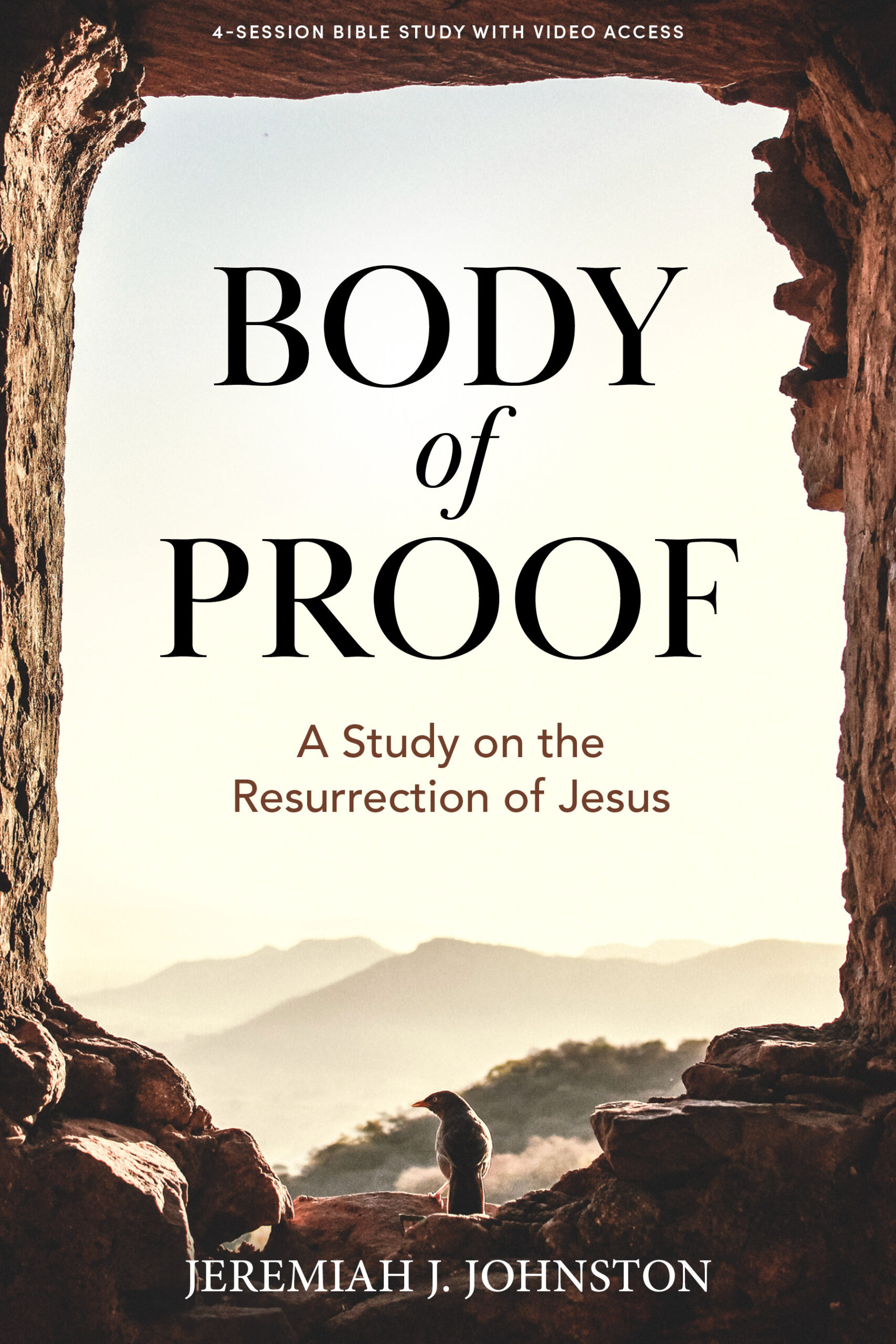by Reid Smith
Although everyone would agree worship is an essential part of our spiritual life, many leaders wrestle with how to incorporate it into their group time without it feeling forced or awkward. One of the ways you can “break the ice” is to help your group members expand their understanding of what worship can look like beyond the church service. For example, worship can mean being still before God and listening for His voice, reflecting on Psalms, or listing things that you are thankful for.
In other words, don’t try to replicate a weekend worship service in your group. Rather, discover ways the people you circle up with can worship together that fits your group’s unique dynamic and personality. Gradually introduce new forms of worship by offering a few suggestions from the list below and getting a sense as to which one your group resonates with the most.
- Invite your group members to think of something that feels ordinary in their daily lives, but for which they are grateful. This could include a roof over their head, daily provision for food, their spouse, or their job.Then have each person express their thanks for that person or thing within the group. After everyone shares, let your group know you just had a time of worship by humbling yourselves before God and giving thanks (Psalm 69:30).
- Ask your group to reflect on the names of God found in Scripture. Have them share the names of God that stand out to them. Simply Google, “list of names of God in the Bible” if you’d like to give them a list to jump-start their thinking.
- Play worship music and ponder the lyrics. Choose a song or two that is especially meaningful to you. As you play it, have your group simply listen intently to the lyrics and reflect upon God’s goodness. Afterwards, invite them to share a word or thought that struck them while listening. Be the first to share, and watch how the Lord uses this to help people express worshipful thanksgiving.
- Read a Gospel account of Jesus’ death and resurrection and invite your group to reflect on God’s love for each of them and the world (John 3:16-17). Expand on this time by celebrating communion together (1 Corinthians 11:23-26).
- Read through Psalms 23, 63 or 64 and then invite people to share what was personally significant to them.
- Attend your church’s weekend service or a special event where you can worship the Lord together.
- Plan together to participate in a local outreach. Discuss how serving “the least of these” is itself worship and touches God’s heart (Matthew 25:37-40).
- Identify something in your current study that you are encouraged to contend for and stand together against the enemy, renounce sin, or proclaim God’s promises. As a group, you can read through Ephesians 6:10-18, Colossians 2:13-15, 1 Peter 5:8-9, Hebrews 12:1-3, or 2 Corinthians 1:20-22.
- Invite your group members to bring a picture to your next meeting that’s important to them and be prepared to share how it reflects God’s faithfulness in their lives and what they’re believing God for. Pray together afterwards.
- Read biblical references of different kinds of worship such as clapping, raising hands, and bowing down (i.e., 2 Samuel 6:5, 14-15; Psalm 149, 150). Purposefully expose your group to various flavors of worship and talk about what you all think this says about God’s heart for worship.
Worship is a vital aspect of biblical community, and the Holy Spirit will help you lead your group to God’s throne of grace (Acts 2:47, Hebrews 4:14-16). As the group leader, be spontaneous and vulnerable in praising God because this will empower others to do the same when they’re ready.
Reid Smith has been equipping leaders in churches of all sizes and stages of growth for effective disciple-making since 1996. He lives in Wellington, Florida where he serves as a Groups Pastor at Christ Fellowship. You can find more of his helpful resources at www.reidsmith.org.





Leave a Comment: